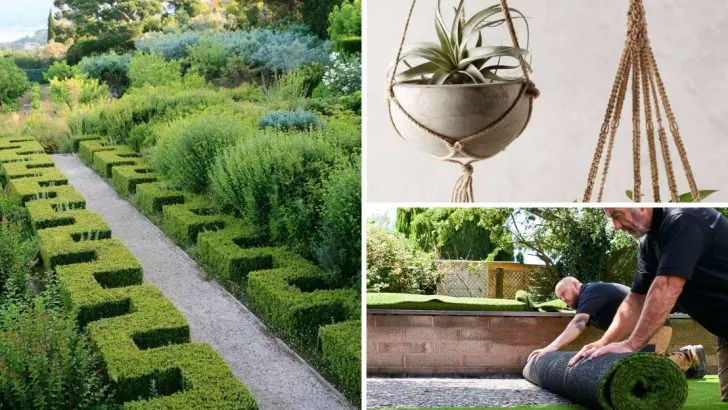Gardening in the ’70s and ’80s was a blend of bold choices, experimental styles, and a fascination with novelty. From shaggy lawns to over-the-top garden ornaments, these decades embraced trends that reflected the cultural and aesthetic values of their time.
Today, however, they serve as a reminder of how far we’ve come in prioritizing functionality and environmental harmony.
Join us as we dig into 13 gardening trends from the ’70s and ’80s that, while iconic in their day, would feel completely out of place in the gardens of 2025.
Macramé Plant Holders
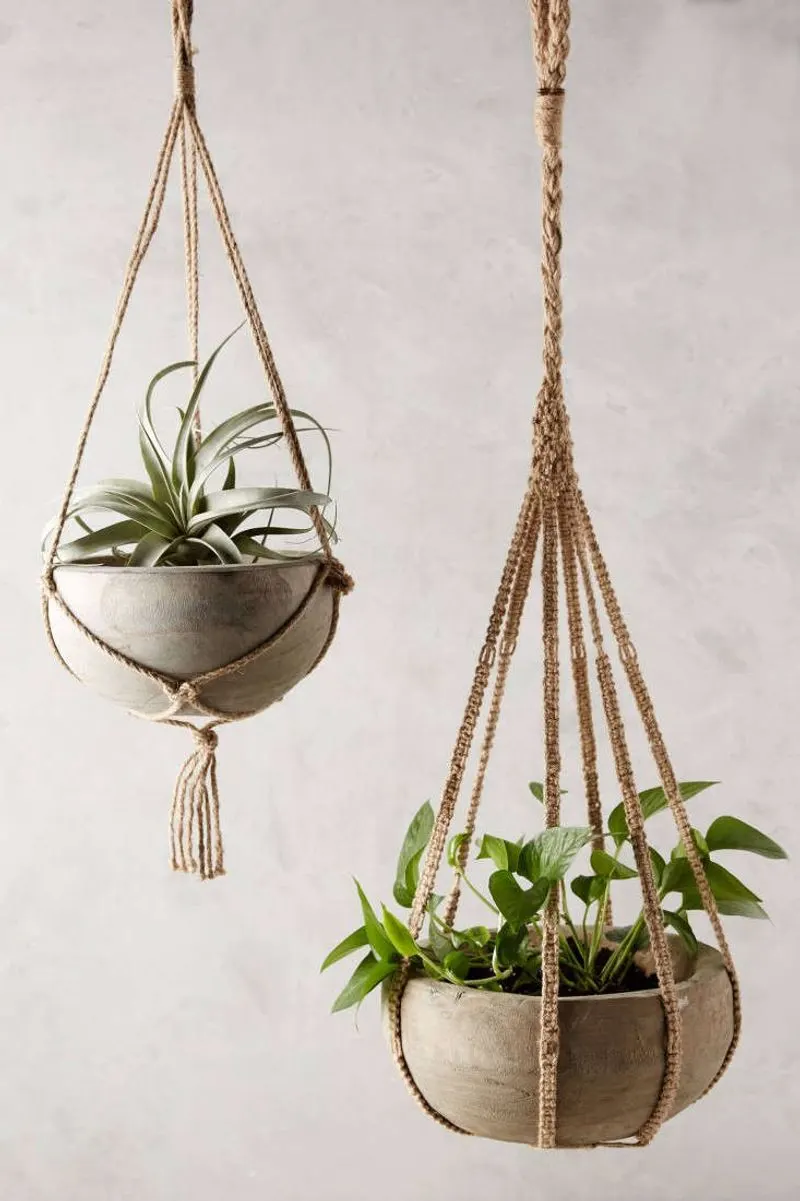
Strolling into a 1970s home, one was likely to encounter the iconic macramé plant holder. These intricate, woven hangers cradled a variety of houseplants, adding a bohemian flair to interiors. While they showcased craftsmanship, today’s minimalist and sleek designs have largely replaced them.
In modern spaces, simplicity reigns supreme, with clean lines and understated elegance taking precedence. Though macramé has seen a revival in some craft circles, it often sits juxtaposed against contemporary styles. Younger generations tend to favor plant stands or wall-mounted shelves, embracing a less cluttered aesthetic overall.
Garden Gnomes
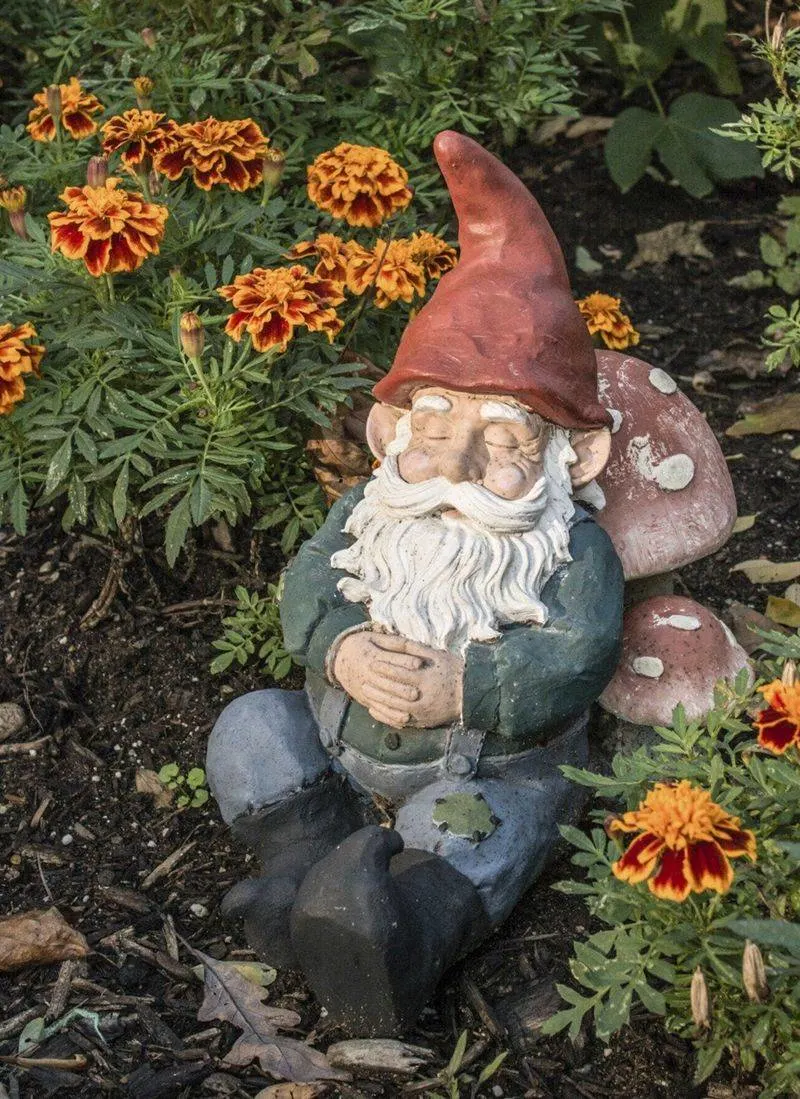
In the ’80s, garden gnomes were playful additions to many yards. These diminutive figures, often with rosy cheeks and whimsical expressions, dotted lawns across suburbia. While they brought charm and a touch of fantasy to outdoor spaces, many now view them as kitschy relics of the past.
Today’s gardeners often prefer naturalistic elements like birdbaths or stone sculptures, which integrate seamlessly into the landscape. The shift towards eco-friendly and sustainable garden designs leaves less room for such ornamental figurines, focusing instead on enhancing biodiversity and supporting local wildlife.
Astroturf Lawns
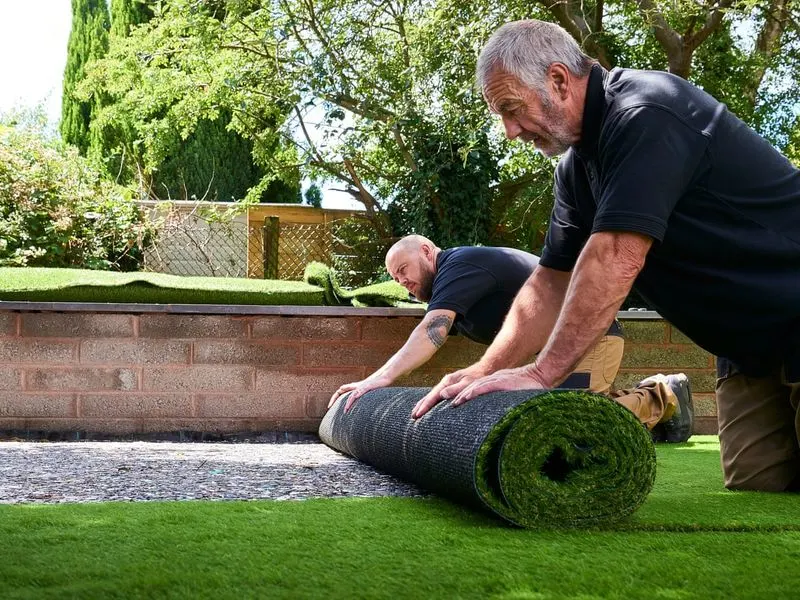
Astroturf, a synthetic alternative to grass, gained popularity in the past due to its low maintenance appeal. Homeowners appreciated not needing to mow or water these bright green carpets. However, the environmental impact of synthetic lawns has led to a decline in their use.
Modern gardeners aim for eco-friendly solutions, often choosing native grasses and plants that require less water and support local ecosystems. The push towards sustainable gardening practices has made natural options far more appealing, as they contribute to the environmental health and aesthetic diversity of urban landscapes.
Plastic Flamingos
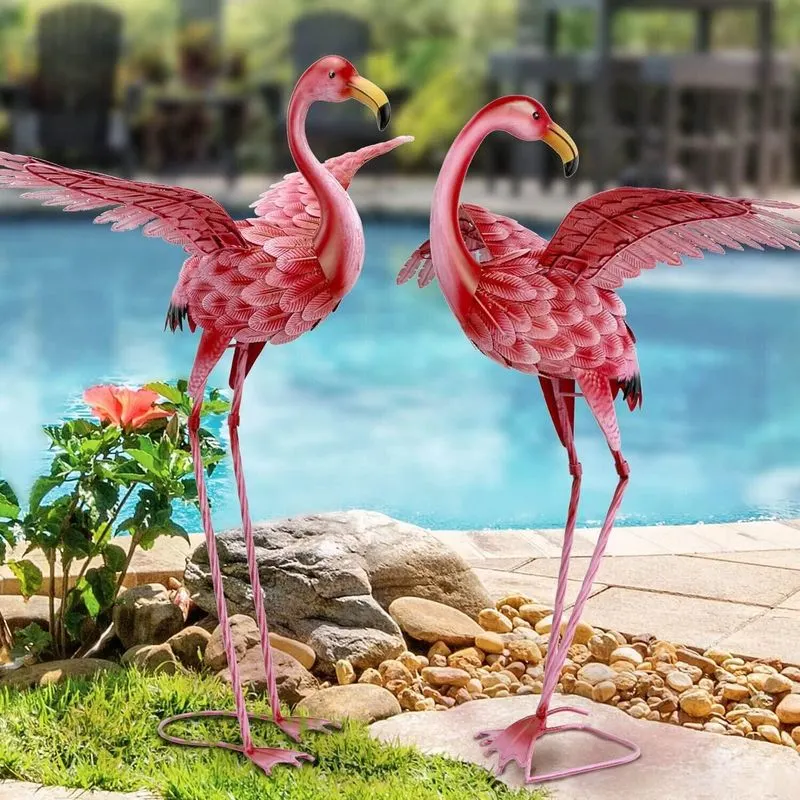
The iconic pink plastic flamingo was a staple of the ’70s garden, representing a quirky and fun-loving aesthetic. These eye-catching decorations were often used to add a splash of color to otherwise plain lawns.
While they remain a symbol of retro charm, their appeal has waned in favor of more subtle decor. Modern gardeners lean towards natural beauty with a preference for real plants and decorative grasses. The shift reflects a broader trend towards authenticity and sustainable choices that complement the natural environment rather than overshadowing it.
Formal Boxwood Hedges
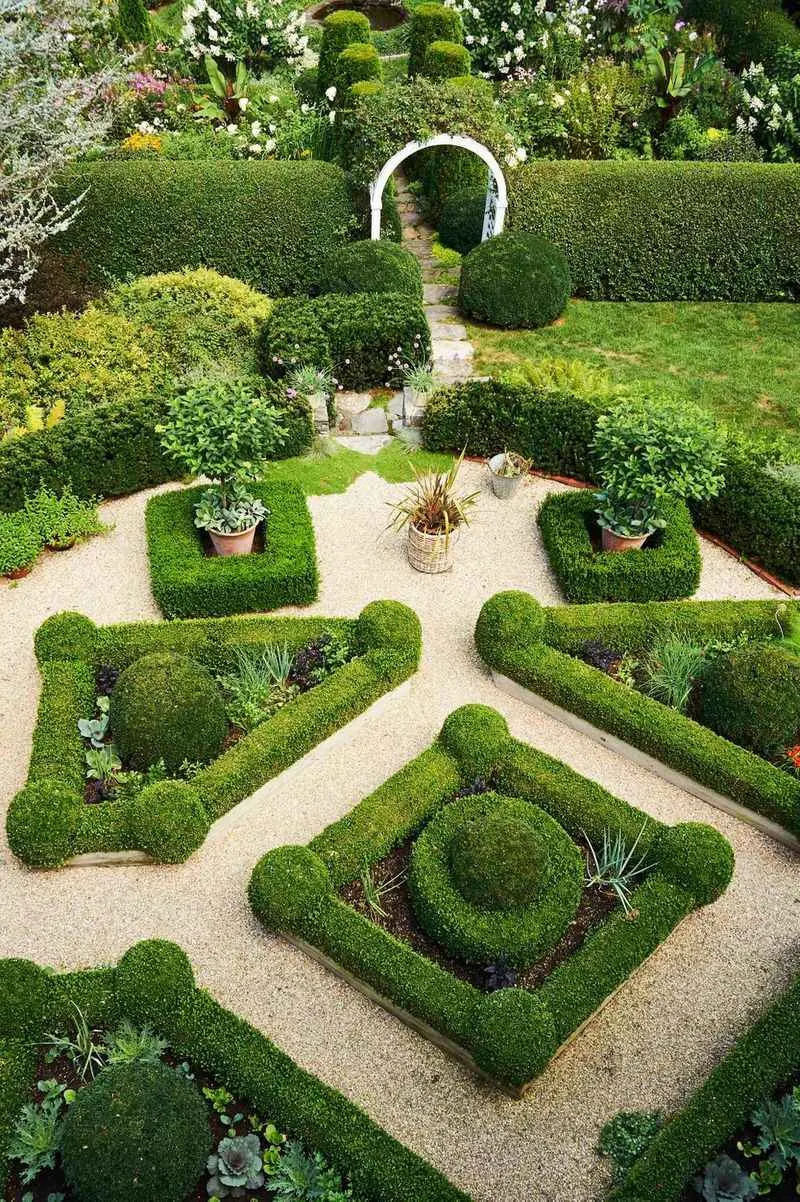
In the 1980s, formal boxwood hedges were the epitome of elegance and order. These meticulously trimmed shrubs created defined spaces and added structure to gardens. However, maintaining their precise shapes demanded constant attention and care.
Contemporary gardens often embrace a more relaxed and natural look, with flowing lines and diverse plantings. Today’s landscaping trends favor native plants and wildflower meadows, which require less water and upkeep. The emphasis now is on creating harmonious environments that are both beautiful and beneficial for local wildlife, moving away from rigid and manicured designs.
Mirrored Gazing Balls
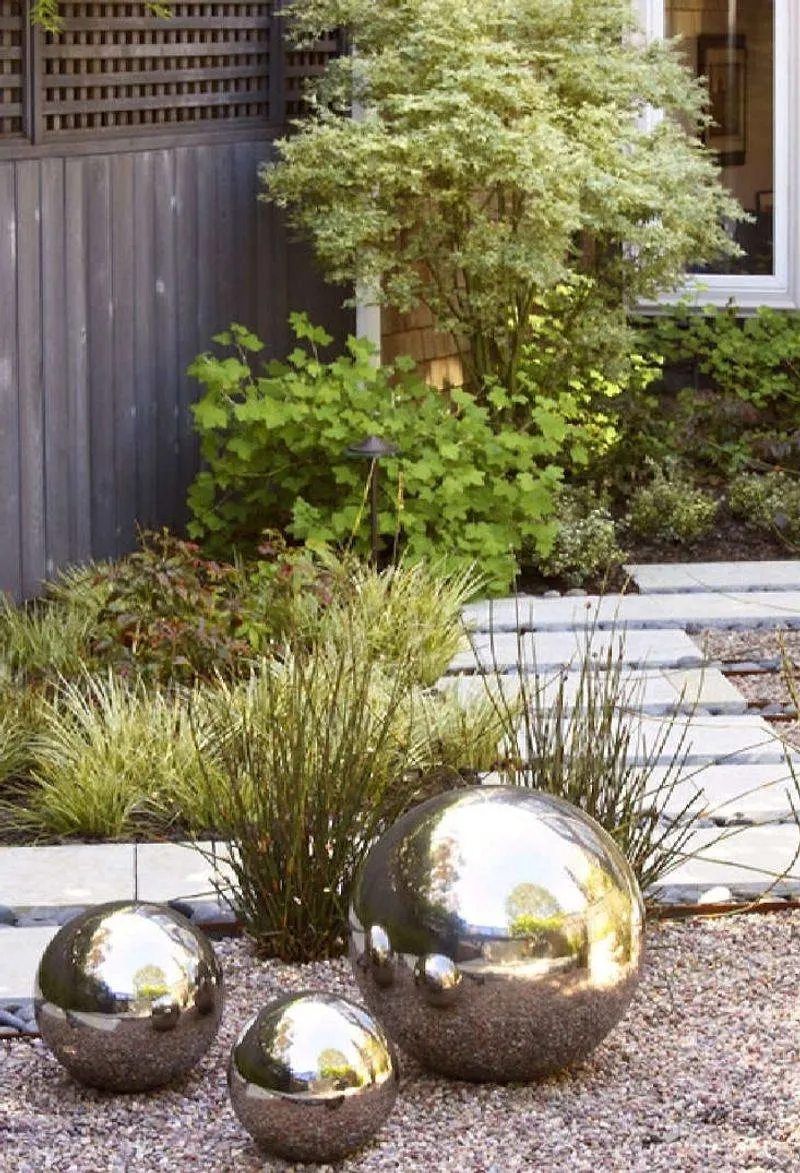
Mirrored gazing balls were once a staple in gardens, capturing light and adding a touch of magic. These reflective ornaments were often placed on pedestals or nestled among flowers. Their popularity has faded, as modern garden design leans towards more natural and organic elements.
Contemporary gardeners prefer features that blend into the landscape, such as water features or native stone accents. The shift towards sustainable and environmentally friendly gardening practices has made mirrored gazing balls less appealing, with a focus on creating habitats for wildlife and enhancing the garden’s natural beauty.
Topiary Sculptures
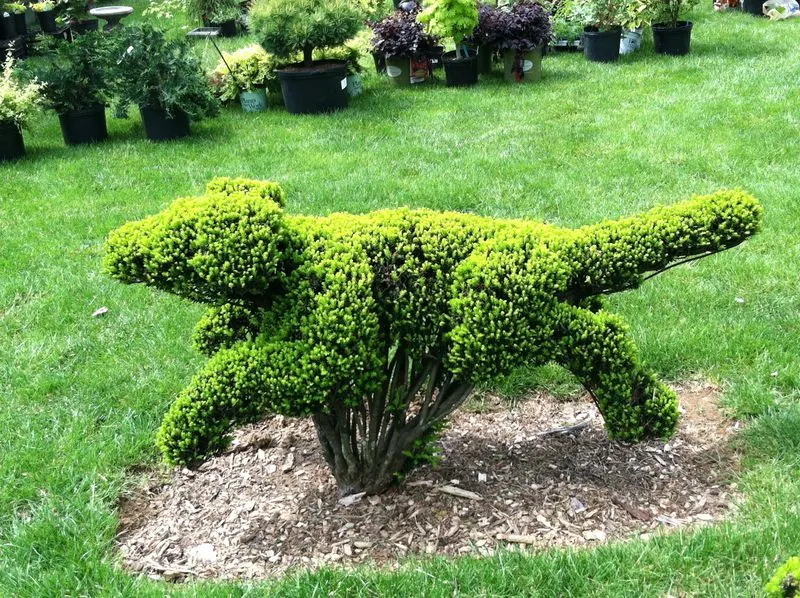
Topiary art, with its meticulously trimmed bushes fashioned into shapes, was a hallmark of the ’80s. These living sculptures required a high level of maintenance to maintain their intricate designs.
While they showcased the gardener’s skill, the trend has diminished as the focus shifts towards more sustainable practices. Today’s gardeners often prioritize biodiversity, incorporating native flora that supports local ecosystems. The time and effort once dedicated to topiary are now often redirected towards creating gardens that are both functional and environmentally friendly, aligning with contemporary ecological awareness.
Pebble Gardens
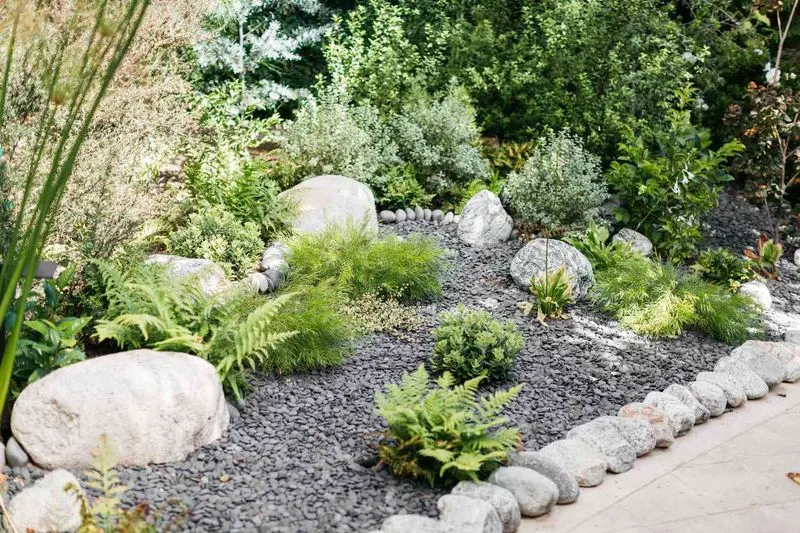
Pebble gardens, characterized by carefully arranged stones, were popular for their low maintenance and distinct aesthetic. They offered a stark contrast to traditional lawns and flowerbeds. However, the need for a more vibrant and dynamic garden has seen their decline.
Contemporary garden designs favor living elements that offer year-round interest and support biodiversity. Plants that attract pollinators and provide habitats for wildlife are preferred over static designs. The tactile and colorful nature of flowers and foliage adds depth and life to gardens, replacing the once-favored pebble arrangements with rich, living tapestries.
Concrete Garden Sculptures
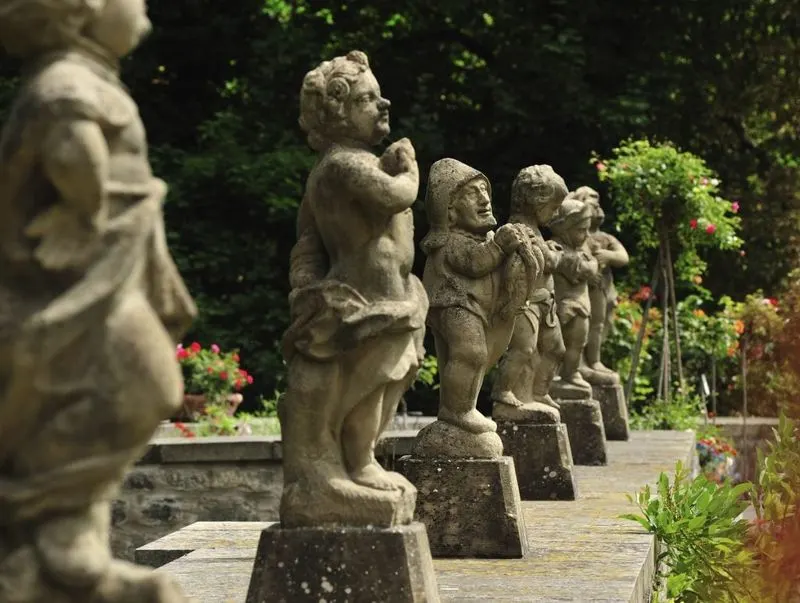
Concrete sculptures were once a prominent feature in gardens, offering durability and a sense of permanence. These heavy installations could depict anything from classical figures to abstract forms. However, their stark presence can overshadow the natural beauty of the garden.
Modern gardeners are moving towards integrating art that complements rather than dominates the landscape. Lightweight materials and designs that blend with the environment are now favored. This shift aligns with a broader trend towards sustainable and flexible garden solutions that allow for creativity without detracting from the ecological value of the space.
Water Features with Colored Lights
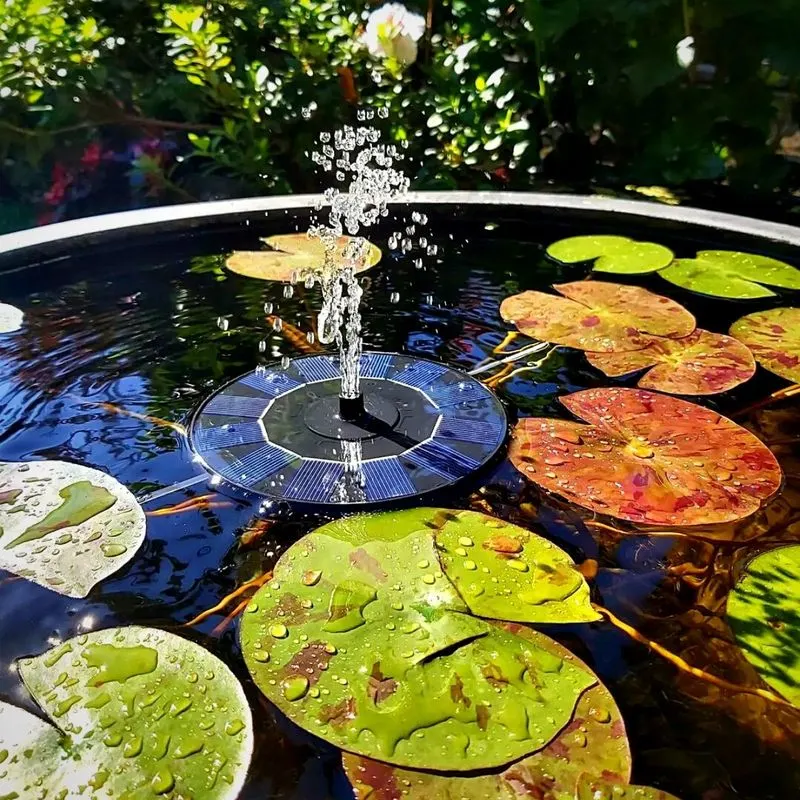
The 1980s saw garden water features enhanced with colorful lights, creating vibrant displays after dark. While visually impressive, these installations often consumed a lot of energy and required substantial upkeep.
Today, sustainability is key, with many gardeners opting for solar-powered lighting and natural water features that enhance biodiversity. The focus is on creating serene environments that encourage relaxation and wildlife habitation. As environmental concerns grow, modern garden design leans towards subtle beauty and functionality, reducing the reliance on artificial enhancements and instead embracing the garden’s innate charm.
Sculptured Hedges
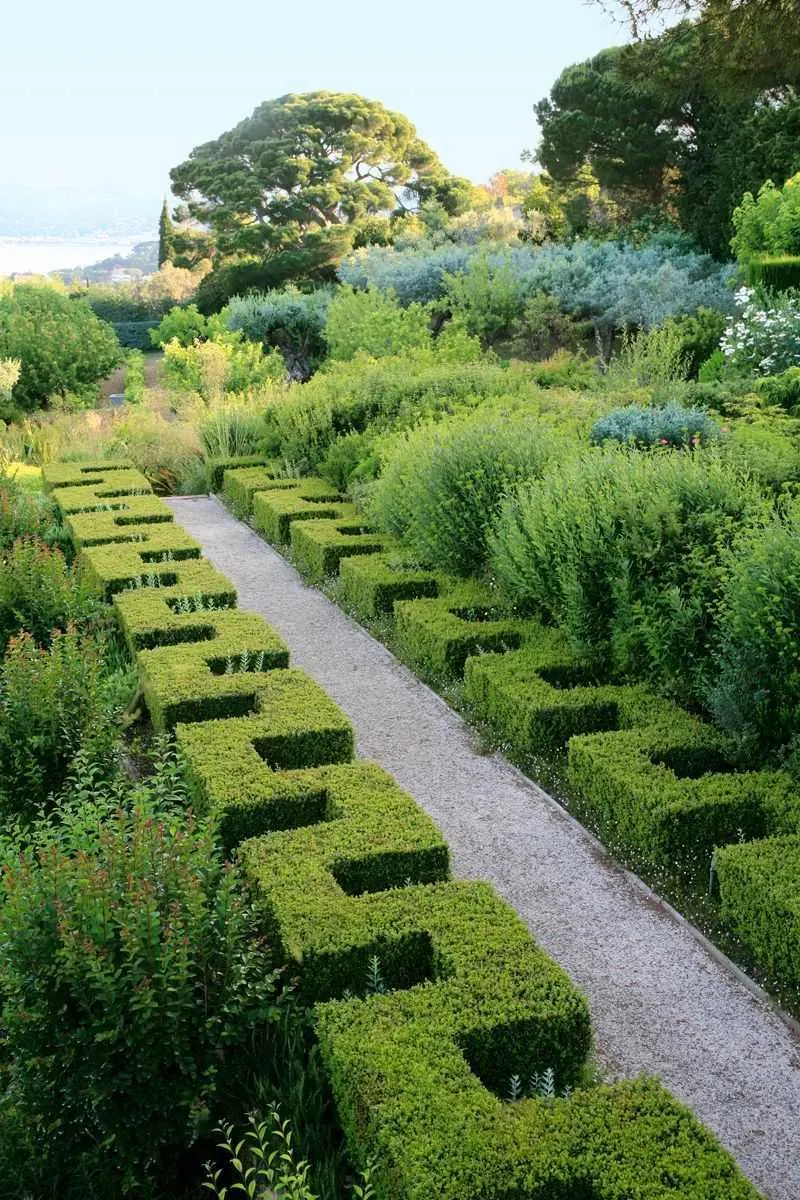
Sculptured hedges stood as living art pieces in many ’80s gardens, showcasing intricate designs and themes. Maintaining these elaborate forms required significant effort and skill, often necessitating a professional touch.
Today’s garden aesthetics favor a more untamed and organic approach, allowing plants to grow naturally. Contemporary trends emphasize low-maintenance landscapes that support diverse ecosystems. The time once spent pruning and shaping is now often redirected towards planting native species and creating environments that nurture wildlife, embracing a more holistic view of garden spaces.
Decorative Garden Borders
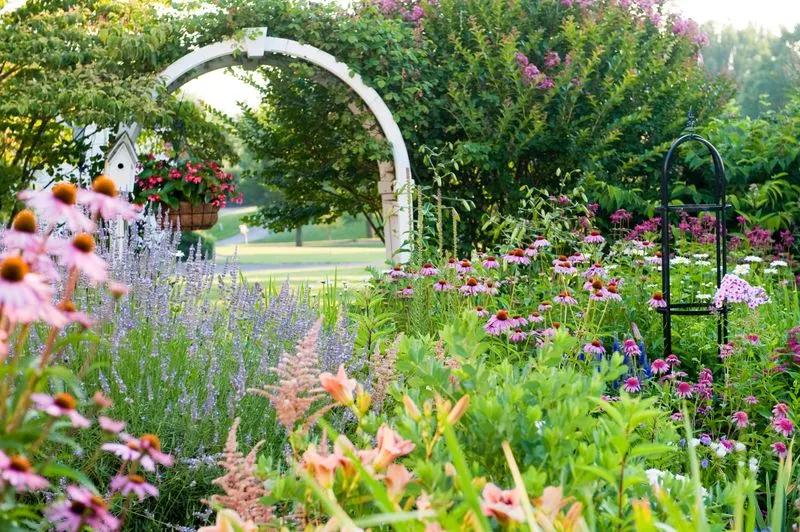
Decorative borders crafted from bricks or stones were a staple in past garden designs, offering clear delineation of space. These borders added structure but could also restrict the fluidity of garden layouts.
Modern landscaping embraces fluidity and movement, often using natural ground covers or blending plantings to create seamless transitions. The focus has shifted towards creating inviting and adaptable spaces, with an emphasis on ecological balance and beauty. As gardeners adopt more sustainable practices, rigid borders have given way to softer, more integrated designs that enhance the natural landscape.
Reflective Silver Mulch
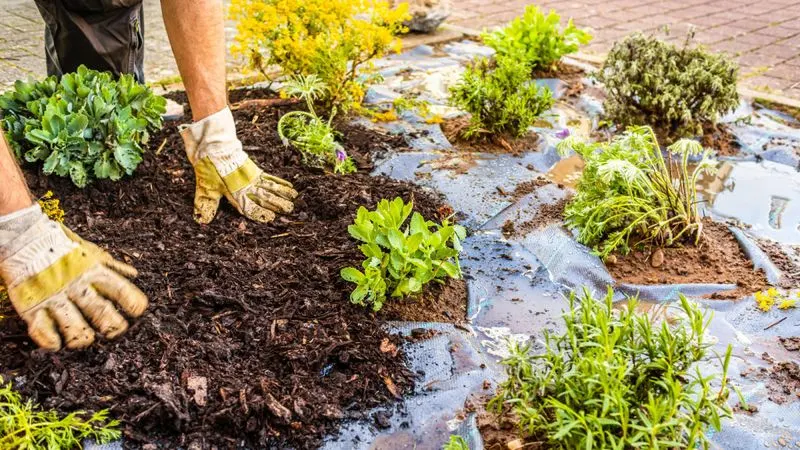
Silver mulch, used to reflect sunlight and deter pests, was once a popular choice for vegetable gardens. The metallic sheen, though effective, often clashed with the natural tones of the garden.
Today, organic mulches such as shredded bark or compost are preferred, aligning with sustainable gardening practices. These natural options enrich the soil, improve moisture retention, and support beneficial organisms. The shift towards eco-friendly solutions highlights a growing awareness of environmental health, focusing on enhancing soil quality and plant vitality rather than relying on synthetic materials.

